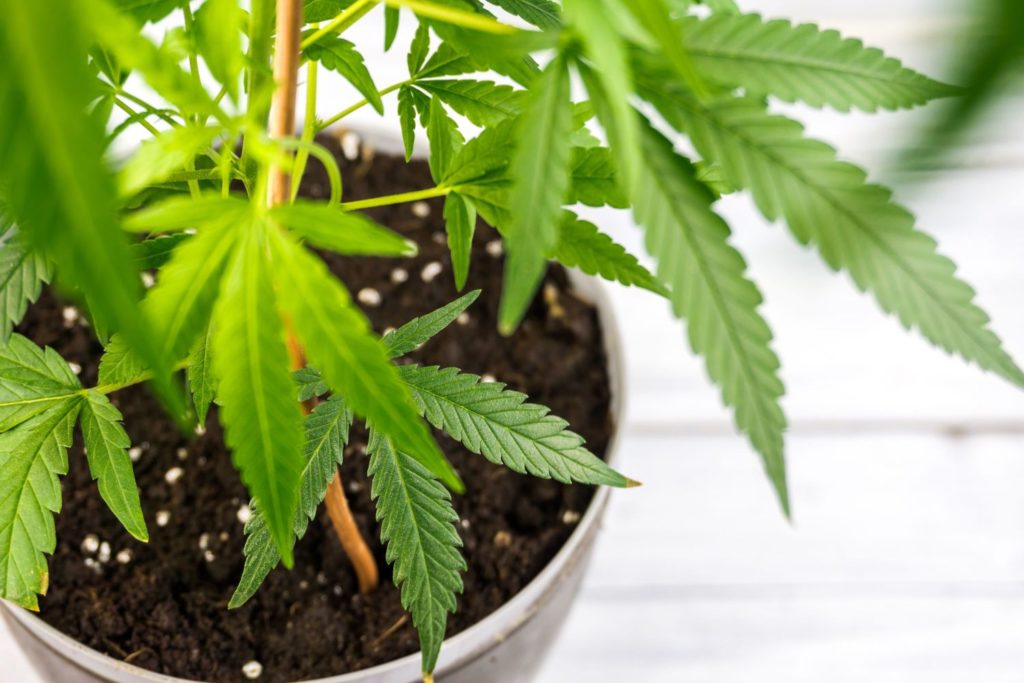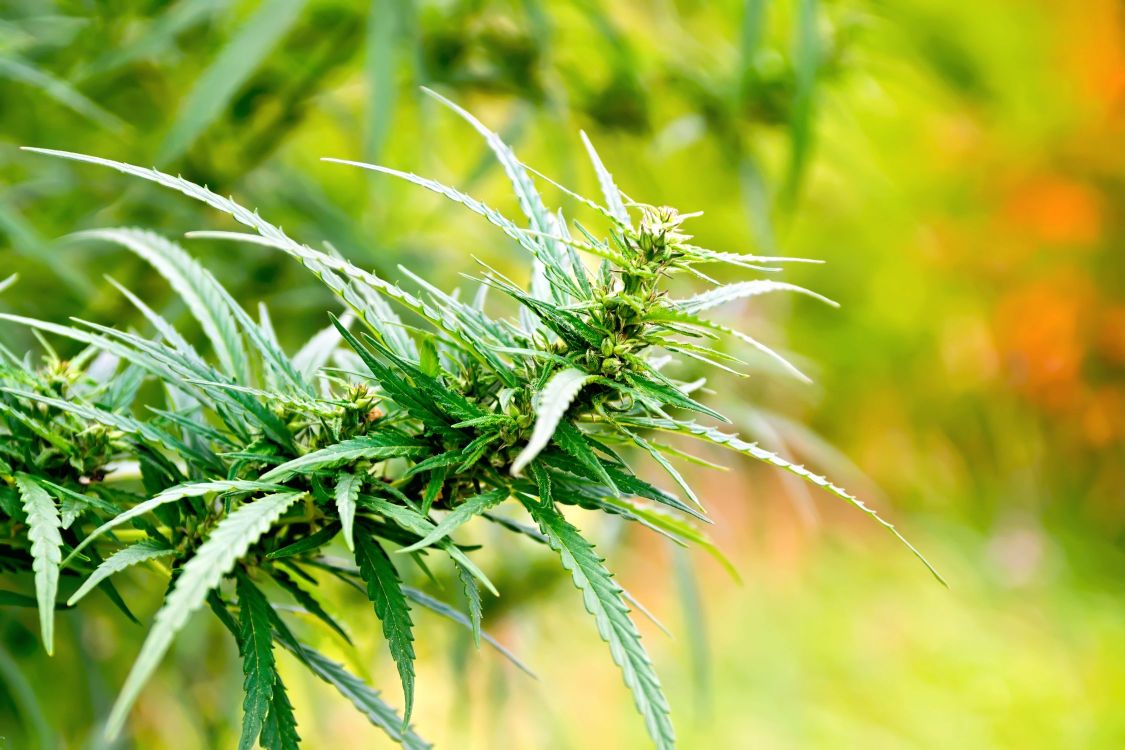
Broad-Spectrum vs. Full-Spectrum CBD Oil: A Comparison
Once you’ve entered the world of CBD oil, it can be overwhelming to figure out what you need. CBD comes in many forms, including oils, edibles, creams, and more. While shopping for yourself or your pet, you’ve probably also seen full-spectrum and broad-spectrum options.
So, what’s the difference between the two? Understanding full-spectrum and broad-spectrum CBD can make your purchasing decision easier. Making the right choice might also make your CBD more effective. Though both options come from the hemp plant, they’re sourced differently and contain slightly different ingredients.
Learn about the different CBD oils below and how they compare.
What is Broad-Spectrum CBD Oil?
Broad-spectrum CBD oil contains additional terpenes and cannabinoids from the hemp plant, but it doesn’t include THC. Within the sourcing process, manufacturers use solvents to separate the cannabinoids and strip out THC. Sometimes, some additional cannabinoids may be stripped in the process.
THC is the psychoactive cannabinoid that recreational cannabis is known for. For personal use, users tend to opt for broad-spectrum CBD to avoid hassles during drug tests. Even though there’s a trace amount in full-spectrum CBD, some drug tests still might detect it.
What is Full-Spectrum CBD Oil?
Full-spectrum CBD includes all the same cannabinoids as broad-spectrum CBD, but it includes THC as well. Keep in mind that federally legal CBD extracted from hemp can only contain a maximum .3% of THC. With such a trace amount, you and your pets won’t experience any psychoactive effects.
Along with THC, full-spectrum CBD contains up to 60 cannabinoid compounds, including the following:
- Cannabichromene
- Cannabigerol
- Cannabidiol acid
- Cannabidivarin
- Cannabinol
Since manufacturers don’t put full-spectrum CBD through an additional refinement process, that means it may have even more cannabinoids than broad-spectrum CBD. True to its name, full-spectrum CBD is the best way to guarantee you’re accessing the full benefits from the hemp plant.

Which Type of CBD Should I Use For My Pet?
Since full-spectrum CBD contains trace amounts of THC, it’s very rare that your pet would experience side effects. If you’re concerned or know they’ve already reacted poorly to THC, consider using broad-spectrum CBD.
Otherwise, studies show that full-spectrum CBD helps produce the entourage effect to boost therapeutic effects. We recommend using full-spectrum CBD for your pet to gain the most benefits. Using whole-hemp CBD can aid with symptoms in cats and dogs, including the following:
- Anxiety
- Inflammation
- Heart health
- Pain management
- Gastrointestinal issues
Understanding the Entourage Effect
You might be wondering what the entourage effect is in the first place. The entourage effect means that a variety of cannabinoid compounds working together helps amplify the benefits when compared with using the compounds on their own.
For example, using full-spectrum CBD might increase your pain relief when compared with broad-spectrum or CBD isolate. CBD isolate is limited to one cannabinoid (cannabidiol), while broad-spectrum is stripped from THC and trace amounts of other cannabinoids.
Studies show that trace amounts of THC working with other cannabinoids can increase the beneficial effects while reducing potential side effects. So, why is the entourage effect so important? It shows that full-spectrum CBD may have more long-term benefits than broad-spectrum.
How Does Full-Spectrum CBD Help Pets?
The same as us humans, animals have an endocannabinoid system that responds to cannabinoids. Research is still underway to understand the full benefits of CBD for pets, but initial studies show their bodies can receive CBD like us and use it therapeutically.
Similar to humans, CBD helps pets mitigate the same types of symptoms. Effects might include relief from pain, inflammation, anxiety, and more. Before giving your pet CBD, just make sure there are only trace amounts of THC. Large amounts of THC might have more harmful effects instead of helping your furry friends.
How to Calculate Your Pets’ CBD Dosage
Before giving your pet CBD, it’s important to know how much they need. We don’t recommend starting without initial research. Though CBD has amazing properties, it can upset your pets’ stomachs and cause discomfort in high quantities.
Currently, there are no FDA guidelines for pet CBD dosage. To make it easy for you, we’ve developed some simple dosage guidelines that you can follow to get started. At first, we recommend starting with a low dosage before increasing gradually.
To calculate the best dosage for your pet, multiply 0.05 mg per pound and give them the dose twice daily. That calculation will give you the proper amount for a low dose, which you can increase gradually.
As you give your pet CBD, always monitor for their reactions or potential side effects. It’s best to maintain consistency for a while so you can monitor how the CBD works over time. Keep in mind that it won’t be an immediate solution, and it may take your pets time to experience the full benefits.
If your pet has preexisting medical conditions, you may want to double-check with your vet first before moving forward with a dose.

How to Find the Best CBD Oil For Pets
Consulting with your veterinarian can help you find some of the best CBD oils on the market. We also recommend conducting personal research to find out what’s available. Instead of constantly trying different types of CBD, try to find one product that works and use it consistently.
At Mile High Pawducts, we offer premium quality CBD products for pets of all sizes. All of our oils are broad-spectrum CBD, which means your pet can experience the full benefits. Shop our oils now from 125 mg up to 1000 mg as well as bulk options.

